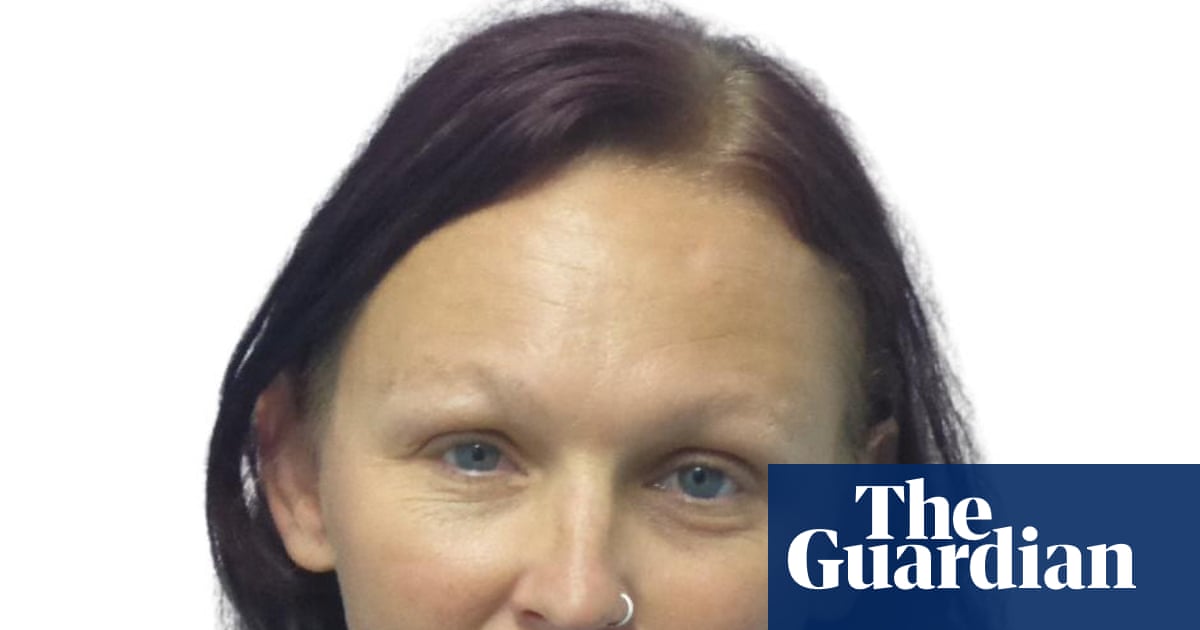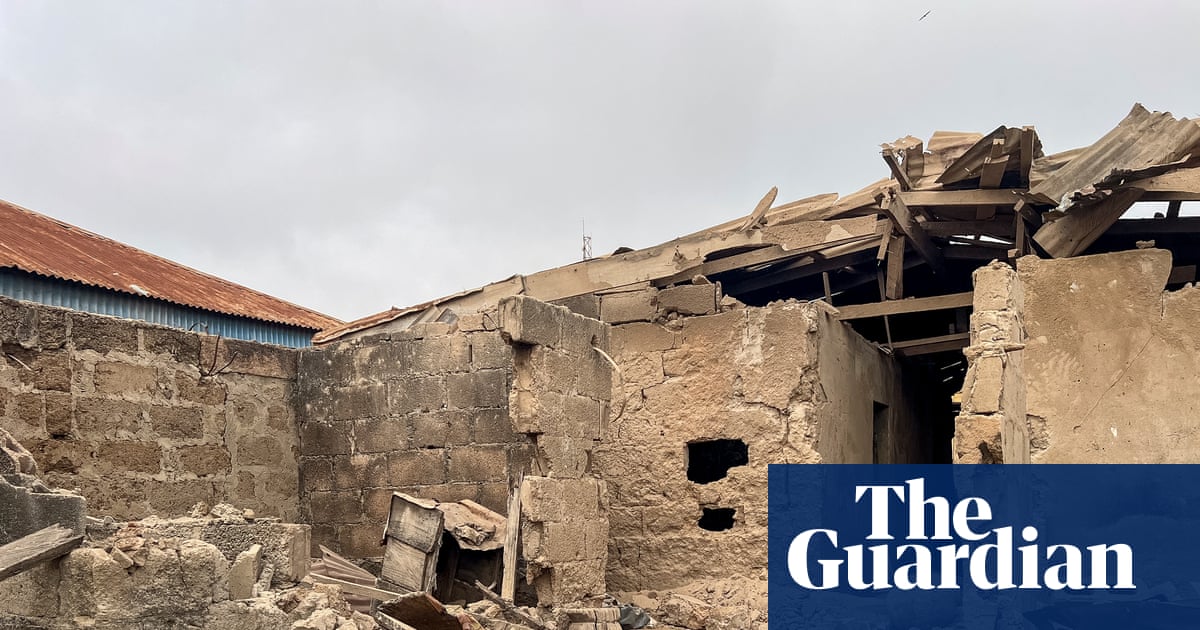Sometimes people attend therapy because they are mandated to attend, not because they want to. Bill* was one of these clients. He sat before me, avoiding eye contact, arms crossed.
“I didn’t hurt anyone, not like those other blokes did,” he said.
Bill had been placed in a sex offenders group treatment program but was terminated for non-attendance. He said that he had found it too hard to hear how the others had offended so he stopped going.
In his mind he was different to them.
I’d read Bill’s file carefully before seeing him. In forensic work this is a non-negotiable, as the version of events clients present is often different to the way events transpired, and there are often rationalisations or justifications for behaviours.
I knew Bill had been convicted of possessing and distributing child exploitation material (CEM) and had been found with hard drives containing thousands of folders of it. He had been distributing it for years in return for other CEM images. He was identified as being at higher risk than the average CEM offender and treatment was mandated.
Before starting treatment, we spoke about the limits of confidentiality in detail. As a registered psychologist, I am mandated to report any child sexual or physical abuse, including the use of CEM, and it was important that Bill understood what this meant for our therapy.
He insisted that he was not aroused by children. This is a common occurrence among CEM offenders and is a reflection of the instinctive human need to shy away from admitting something shameful. Nevertheless, clinical judgment based on his years of CEM abuse and use of a clinical measure of sexual interest in children suggested that he probably had paedophilic interests, which amplified his risk of reoffending.
Treatment for CEM use is still at a nascent stage and there have been few comprehensive evaluations of programs to assess whether they are successful in reducing risk.
For Bill, as for most of my forensic clients, I used a tailored approach based on a formulation of his offending and his needs, and aligned this with the existing research surrounding risk factors for CEM within the risk-needs-responsivity model of rehabilitation.
Bill’s denial that his offending was problematic is a common rationalisation for CEM users but pointed to offence-supportive thoughts we needed to address. We also identified that he had experienced longstanding anxiety and fears of sexual inadequacy.
Bill also had great difficulty managing emotion and often experienced high anxiety and stress levels. Outside his connections on the dark web he was isolated and spent most of his time playing video games. This isolation had stopped him from acknowledging the reality of his CEM abuse – until police raided his home.
Our work began with getting Bill to identify a few things he wanted to work on. This kind of “buy-in” is important when working with mandated clients and is a key part of making them ready for treatment. We identified that we both wanted the same thing – for Bill to not reoffend – and this shared goal allowed us to form an alliance.
We also focused on developing a shared understanding of his offending to ensure he understood his “offence map”, the unnoticed steps which resulted in his decision to offend. We needed to work on building better emotional regulation skills so he could better manage stress, and also started discussing ways we could reduce his use of the internet, as absorption in the online world facilitated his offending.
We also needed to help him find ways to manage his urge to use CEM in future, and built a “toolkit” to support him at these times, including use of the Stop it now service and techniques such as urge surfing.
While Bill remained in denial about the extent of the harm his behaviours had likely caused to real children, he was sincere about his desire to ensure he didn’t reoffend. We were able to make some progress toward reducing the likelihood that he would, with Bill monitored by the sex offender registry and community corrections to further manage the risk he posed.
*All clients are fictional amalgams
In Australia, children, young adults, parents and teachers can contact the Kids Helpline on 1800 55 1800, or Bravehearts on 1800 272 831, and adult survivors can contact Blue Knot Foundation on 1300 657 380. In the UK, the NSPCC offers support to children on 0800 1111, and adults concerned about a child on 0808 800 5000. The National Association for People Abused in Childhood (Napac) offers support for adult survivors on 0808 801 0331. In the US, call or text the Childhelp abuse hotline on 800-422-4453. Other sources of help can be found at Child Helplines International

 3 months ago
62
3 months ago
62

















































